#tithonus devotee
Explore tagged Tumblr posts
Text
Lord Tithonus


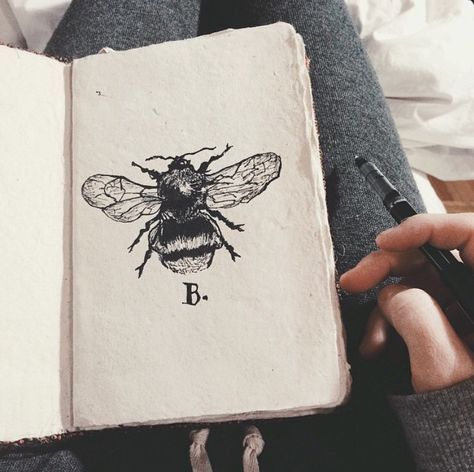


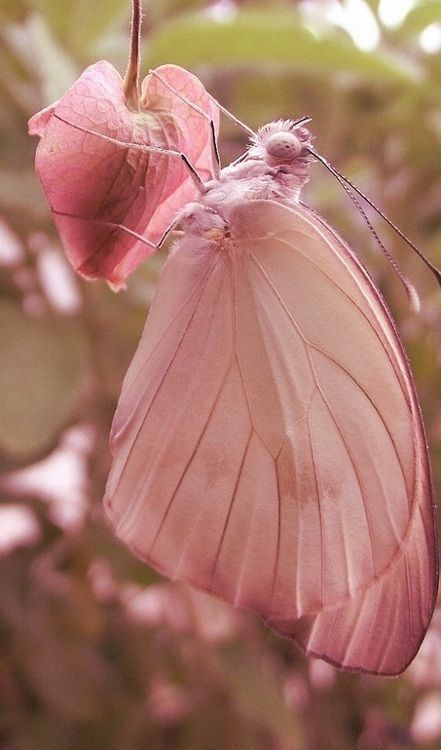



God of insects
requested by @curious-chaosmagiic taking requests
#Tithonus devotee#devotee#greek gods#greek mythology#ancient greek#Tithonus deity#Tithonus worship#hellenic pagan#paganism#pagan#hellenic polytheism#hellenic polytheistic#hellenic devotion#hellenic polythiest#hellenic deities#hellenic gods#hellenic polytheist#hellenism#hellenic pantheon#lord Tithonus#Tithonus devotion#greek god#Tithonus#requested
37 notes
·
View notes
Photo
@curious-chaosmagiic I know we've like never spoken (at least as far as my swiss cheese memory is aware) but I saw this and immediately went "oh who's that person on my dash who works with Tithonus they need to see this" so here you go



beetle table <3 maple, white oak, walnut
59K notes
·
View notes
Text
The sun, the moon and the dawn. How did they come to be??

In Greek mythology, The Titaness Theia— of light and sight, alongside her consort Hyperion, gave birth to Helios— the sun, Selene— the moon and Eos—the Dawn.
While her children are notably more well known than her, Theia gave birth to children who contributed to our society in Ancient times and even today.
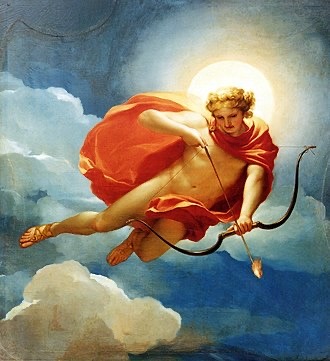
With Helios being god of the sun, he controls aspects of the sun’s influence on earth. His kindness and generosity are so beautiful and shows that his radiance and light not only shines through our sun’s glare and the warmth of the heat on your body through, but through his heart and divine presence. It is he who makes the sun shine a little brighter through his grace and light.
His radiant light is more than just a force of nature, but part of the story of Aphrodite’s beauty in the cosmos.
I believe all gods have a purpose in the cosmos and each have a reason for their existence. Their personifications show us how beautiful the universe is and through their stories and myths we can see beauty and the sun shine deeply on our beautiful planet.
As Helios guides it chariot across the sky, may his light and rays of sunshine be forever more.
So mote it be.

Selene, goddess of the moon, is more well known than her siblings, for she is the personification and the beauty of the moon itself. You can call her and count on her to be there. For every time you see the moonshine, is when she glows her brightest. Her beauty is beyond compare and her love for her devotees and humans is what makes her so special.

And last, but certainly not least is Eos, Aurora, Dawn. She is notably extremely beautiful and intelligent. She fell in love with a mortal, Tithonus who became god-like and was granted immortality, but not youth. Maybe someday Aurora and Tithonus will be able to be together again and share in their youth and love that transcends mortality. Every morning before the sun shines, is when she shines.
As above, so below.
If you ever wondered why your family life is so beautiful, think of the sun, the moon and the dawn, for they are children of light and one of the most beautiful mothers of all.
For Theia gives her children her light and they illuminate the darkness of this world with their beauty and powers.
Beauty and powers hold nothing, without the love of family and the sun, the moon and the dawn are all one under the love of their mother, Theia.
#ancient greek#greek tumblr#greek mythology#witchblr#witchcraft#spirituality#universe#law of the universe
1 note
·
View note
Photo
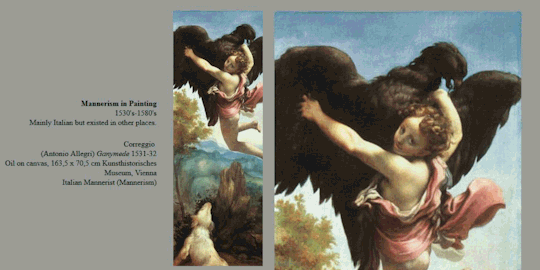
Correggio (Antonio Allegri) Ganymede 1531-32 Oil on canvas, 163,5 x 70,5 cm Kunsthistorisches Museum, Vienna Italian Renaissance, Mannerism
Form: As in Correggio's Jupiter and Io, this painting of Ganymede contains the main elements of Mannerist painting. Correggio paints the fantastic in an illusionistic and believable manner. He shows us he has the traditional renaissance command of illusion. In this painting the atmospheric perspective is quite clear and he shows us how skillfully he is able to foreshorten the figures anatomy as if we are looking at the scene from slightly above the horizon line, but this changed vantage point is odd. On closer inspection Correggio gives us a weird or distorted sense of space. The viewer is not firmly on the ground but seems to be floating above the scene with the young boy who is being abducted by the eagle. The figure of boy's anatomy is distorted as in Jupiter and Io. The head is a bit too small and the torso is elongated but on first glance it seems believable. The pose is somewhat improbable but again it looks real. Correggio use of color is also somewhat "over the top." His use of colors is highly saturated and high key. Meaning that the colors are bright very pure and intense. This is also one of the hallmarks or the Mannerist style. Iconography: Correggio even takes the idea of classicism and the depiction of classical mythology and puts a spin on it. Ganymede is the young, beautiful boy that became one of Zeus’ lovers. One source of the myth says that Zeus fell in love with Ganymede when he spotted him herding his flock on Mount Ida. Zeus then came down in the form of an eagle or sent an eagle to carry Ganymede to Mount Olympus where Ganymede became cupbearer to the gods. According to other accounts, Eos kidnapped Ganymede, to be her lover, at the same time she kidnapped Tithonus. Zeus then robbed Eos of Ganymede, in return granting Eos the wish that Tithonus be immortal. Unthinkingly, Eos forgot to ask that Tithonus remain youthful. Everyday, the faithful Eos watched over Tithonus, until one day she locked him in a room and left him to get old by himself. When Ganymede’s father, King Tros of Troy or Laomedon, found out about Ganymede’s disappearance, he grieved so hard that Zeus sent Hermes on his behalf to give Tros or Laomedon two storm footed horses. In other accounts, Zeus gave Tros a golden vine and two swift horses that could run over water. Hermes was also ordered to assure the bereaved father that Ganymede was and would be immortal. Later, Heracles asked for the two beautiful horses in exchange for destroying the sea monster sent by Poseidon to besiege the city of Troy. Tros agreed and Heracles became the owner of the bribe sent by Zeus to Tros. Upon hearing that Ganymede was to be cup bearer as well as Zeus’ lover, the infinitely jealous Hera was outraged. Therefor Zeus set Ganymede’s image among the stars as the constellation Aquarius, the water carrier. Aquarius was originally the Egyptian god over the Nile. The Egyptian god poured water not wine from a flagon. All of Zeus’ scandalous liaisons have allegorical meanings. Zeus’ torrid affair with Ganymede was a religious justification for homosexuality within the Greek culture. Before the popularity of the Zeus and Ganymede myth spread, the only toleration for sodomy was an external form of goddess worship. Cybele’s male devotees tried to achieve unity with her by castrating themselves and dressing like women. Apollodorus argued that this myth emphasized the victory of patriarchy over matriarchy. This showed that men did not need women to exist, therefor they did not need the attentions of women. The philosopher Plato used this myth to justify his sexual feelings towards male pupils.http://art-and-art-history-academy.usefedora.com/ This is part one of a year-long college-level survey course in art history. This course covers world art history from its prehistoric origins until the European Renaissance around 1300 A.D. This course is designed as a basic college-level survey of art history. Although lectures are closed-captioned and I provide an online textbook as well as study guides and worksheets. This course is the actual content of a course I taught at an accredited college in California called Ohlone college. I designed this course as a series of clear, non-jargon laden video lectures and texts designed to help any student who wants to pass AP art history and or any beginning level art history survey course.
1 note
·
View note
Photo
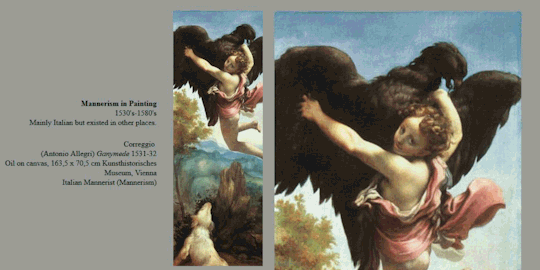
Form: As in Correggio's Jupiter and Io, this painting of Ganymede contains the main elements of Mannerist painting. Correggio paints the fantastic in an illusionistic and believable manner. He shows us he has the traditional renaissance command of illusion. In this painting the atmospheric perspective is quite clear and he shows us how skillfully he is able to foreshorten the figures anatomy as if we are looking at the scene from slightly above the horizon line, but this changed vantage point is odd. On closer inspection Correggio gives us a weird or distorted sense of space. The viewer is not firmly on the ground but seems to be floating above the scene with the young boy who is being abducted by the eagle. The figure of boy's anatomy is distorted as in Jupiter and Io. The head is a bit too small and the torso is elongated but on first glance it seems believable. The pose is somewhat improbable but again it looks real.
Correggio use of color is also somewhat "over the top." His use of colors is highly saturated and high key. Meaning that the colors are bright very pure and intense. This is also one of the hallmarks or the Mannerist style.
Iconography: Correggio even takes the idea of classicism and the depiction of classical mythology and puts a spin on it.
Ganymede is the young, beautiful boy that became one of Zeus’ lovers. One source of the myth says that Zeus fell in love with Ganymede when he spotted him herding his flock on Mount Ida. Zeus then came down in the form of an eagle or sent an eagle to carry Ganymede to Mount Olympus where Ganymede became cupbearer to the gods. According to other accounts, Eos kidnapped Ganymede, to be her lover, at the same time she kidnapped Tithonus. Zeus then robbed Eos of Ganymede, in return granting Eos the wish that Tithonus be immortal. Unthinkingly, Eos forgot to ask that Tithonus remain youthful. Everyday, the faithful Eos watched over Tithonus, until one day she locked him in a room and left him to get old by himself.
When Ganymede’s father, King Tros of Troy or Laomedon, found out about Ganymede’s disappearance, he grieved so hard that Zeus sent Hermes on his behalf to give Tros or Laomedon two storm footed horses. In other accounts, Zeus gave Tros a golden vine and two swift horses that could run over water. Hermes was also ordered to assure the bereaved father that Ganymede was and would be immortal. Later, Heracles asked for the two beautiful horses in exchange for destroying the sea monster sent by Poseidon to besiege the city of Troy. Tros agreed and Heracles became the owner of the bribe sent by Zeus to Tros.
Upon hearing that Ganymede was to be cup bearer as well as Zeus’ lover, the infinitely jealous Hera was outraged. Therefor Zeus set Ganymede’s image among the stars as the constellation Aquarius, the water carrier. Aquarius was originally the Egyptian god over the Nile. The Egyptian god poured water not wine from a flagon.
All of Zeus’ scandalous liaisons have allegorical meanings. Zeus’ torrid affair with Ganymede was a religious justification for homosexuality within the Greek culture. Before the popularity of the Zeus and Ganymede myth spread, the only toleration for sodomy was an external form of goddess worship. Cybele’s male devotees tried to achieve unity with her by castrating themselves and dressing like women.
Apollodorus argued that this myth emphasized the victory of patriarchy over matriarchy. This showed that men did not need women to exist, therefor they did not need the attentions of women. The philosopher Plato used this myth to justify his sexual feelings towards male pupils.
http://art-and-art-history-academy.usefedora.com/ This is part one of a year-long college-level survey course in art history. This course covers world art history from its prehistoric origins until the European Renaissance around 1300 A.D. This course is designed as a basic college-level survey of art history. Although lectures are closed-captioned and I provide an online textbook as well as study guides and worksheets. This course is the actual content of a course I taught at an accredited college in California called Ohlone college. I designed this course as a series of clear, non-jargon laden video lectures and texts designed to help any student who wants to pass AP art history and or any beginning level art history survey course.
0 notes